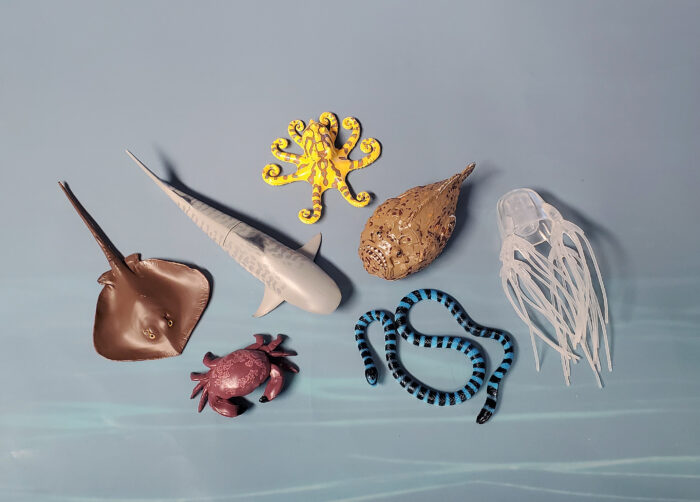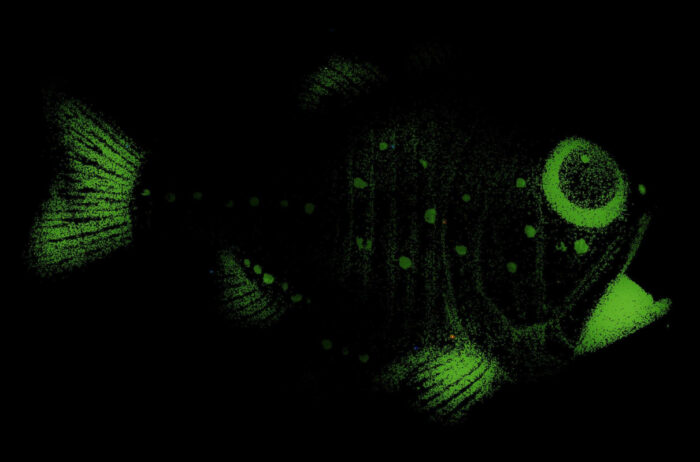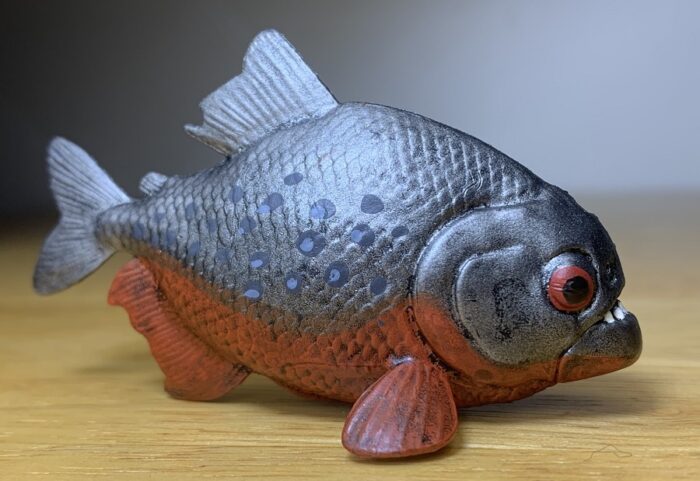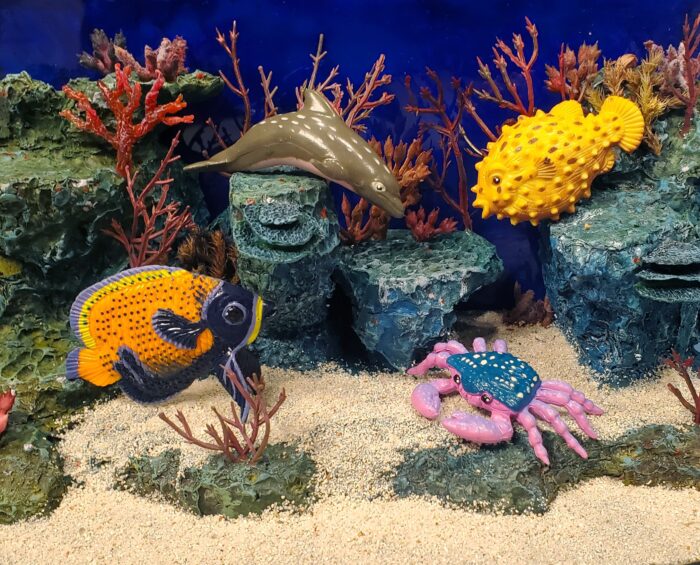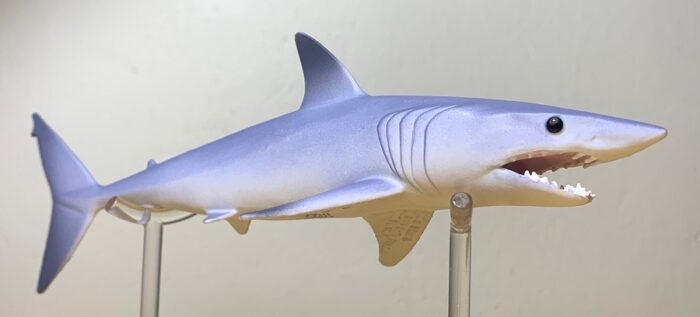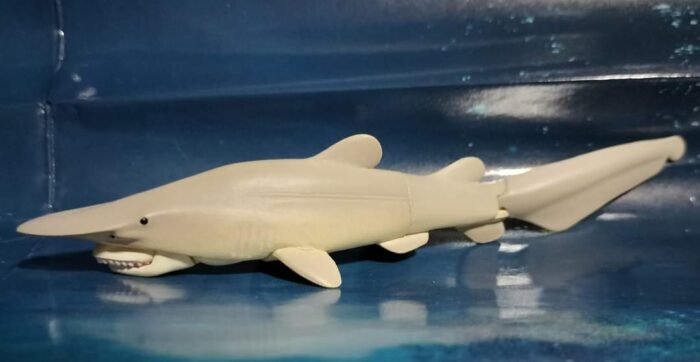Review and images by JimoAi; edited by bmathison1972
Holocephali was once a diverse group of fish, emerging in the Devonian and lasting until the present. They were once more diverse, occupying a lot more niches, including apex predators, but modern members are mostly restricted to the deep sea. Eugeneodontids are one of the more well known group amongst general audiences, as it includes the famous Heliocoprion and related genera like Edestus, which in many depictions are shown to have a shark-like body plan despite only being distantly related.





